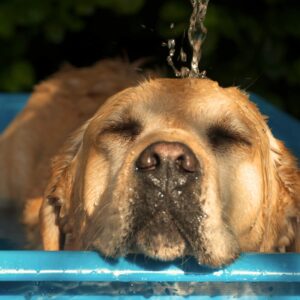With summer come the heat waves, and we risk becoming victims of heat exhaustion or of heatstroke. Are these two the same? Not quite: while a person can recover from heat exhaustion without requiring medical attention, heatstroke is a life-threatening condition, with an 80% mortality rate. This is because the body temperature rises above 40°C and the vital functions of various organs can begin to fail. Read on to learn the differences between heat exhaustion and heatstroke, how to identify them and deal with them.
Heatstroke or heat exhaustion?
Heatstroke can occur after having suffered heat exhaustion, if the symptoms do not subside after 30 minutes of treatment. Among the causes that can give rise to these diseases are prolonged exposure to the sun and high temperatures, especially if practicing sports or physical work in extreme heat. When body temperature remains elevated for a long time, excessive sweating causes the body to lose water and electrolytes, and blood volume to decrease.
What are the symptoms?

How to treat heat exhaustion?
If you notice symptoms of heat exhaustion, you need to cool your body down. To do so, you can:
– Go to a cool place, for example a room with an air conditioning;
– Lie down and slightly elevate your legs;
– Drink plenty of water or isotonic sports drinks;
– Cool down your skin: with cold water, ice or wind (for example, with a fan). You can also apply cold compresses under your armpits or on your neck.
In general, most people can recover from a mild heat exhaustion by cooling down in approximately 30 minutes. However, if symptoms persist after 30 minutes out of the sun or if the person starts showing symptoms of a heatstroke, this person may require urgent medical attention. In this case, you need to urgently call an ambulance, and while you wait for it to arrive, do everything possible to cool the person down: cold shower from the hose, a cold bath, covering the body with wet towels or ice, etc.
How to prevent a heatstroke?
Prevention is better than cure, so we suggest you keep the following recommendations in mind if you want to prevent high temperatures from negatively affecting you this summer.
– Drink plenty of water, even if you are not thirsty;
– Do not go outside during the hottest hours of the day, close the curtains and switch on the air conditioning (an air conditioner is preferable because it cools the air, unlike a fan);
– Do not do any physical exercise during heat hours;
– Wear loose light-coloured clothes made of natural fabrics (for example, cotton or linen);
– Cool the body down (for example, with a cold shower);
– Do not leave children and/or animals inside a locked car.

